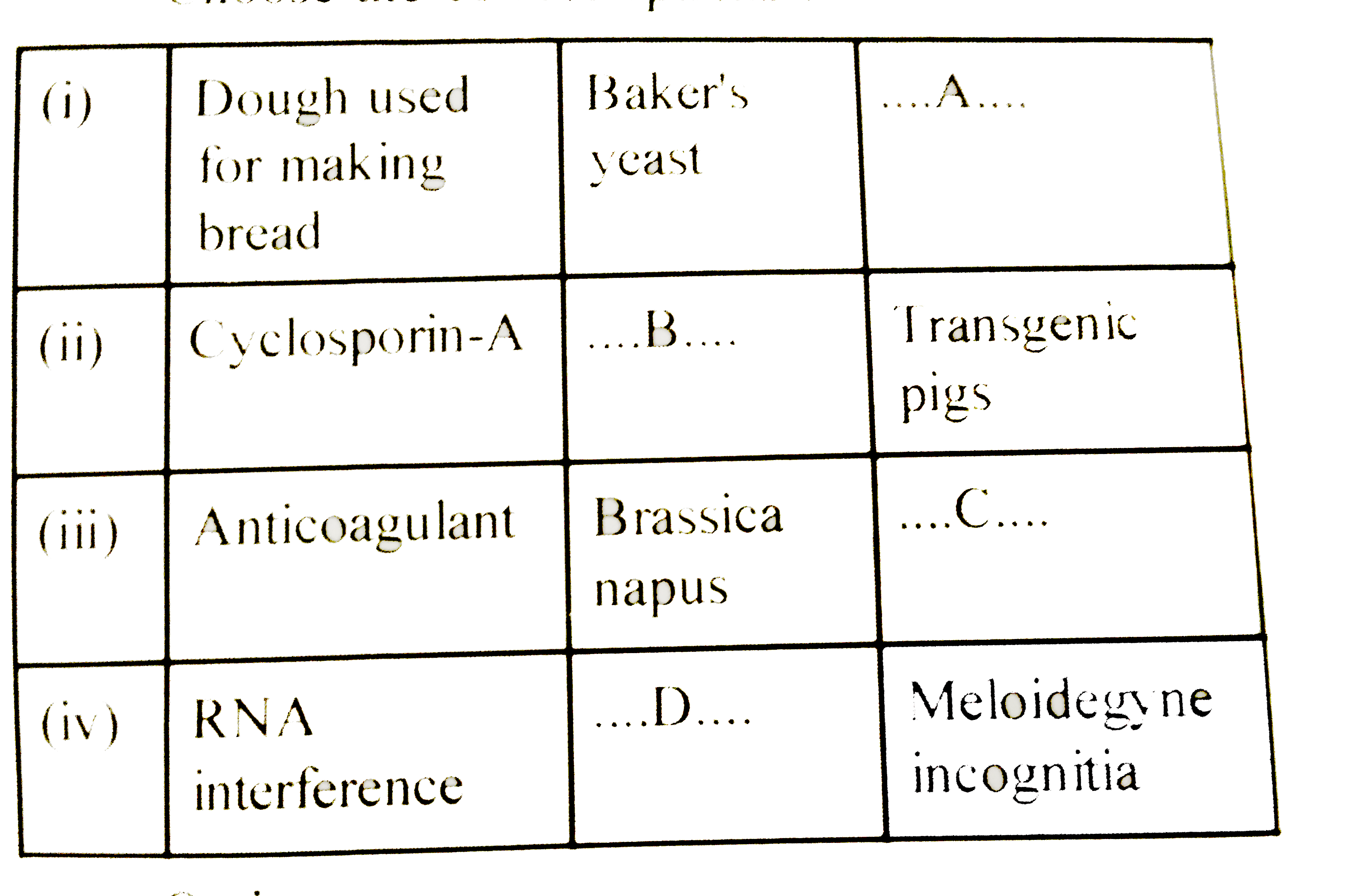Choose the correct option as directed.
CsH>KH>NaH>LiH (Order of stability)
H2O<NH3<CH4 (Order of dipole moment)
PH3<AsH3<NH3<SbH3 (Order of boiling point)
X−−−H−X,X=O>F>N>S>Cl (Order of strength of H-bonding)
The correct Answer is:C
To solve the question regarding the stability of hydrides and their properties, we will analyze the options one by one and determine the correct order based on the principles of chemistry.
1. Analyze Option A: Stability of Hydrides
- The order given is: Cesium hydride (CsH) > Potassium hydride (KH) > Sodium hydride (NaH) > Lithium aluminum hydride (LiAlH4).
- However, stability of hydrides generally increases with decreasing size of the cation. Smaller cations form more stable hydrides due to stronger ionic bonds.
- The correct order of stability should be:
- Lithium hydride (LiH) > Sodium hydride (NaH) > Potassium hydride (KH) > Cesium hydride (CsH).
- Therefore, Option A is incorrect.
2. Analyze Option B: Order of Dipole Moments
- The order given is: CH4 > NH3 > H2O.
- In reality, water (H2O) has the highest dipole moment due to its bent structure and high electronegativity of oxygen. Ammonia (NH3) has a lower dipole moment than water but higher than methane (CH4), which has a negligible dipole moment.
- The correct order is: H2O > NH3 > CH4.
- Therefore, Option B is incorrect.
3. Analyze Option C: Boiling Points of Hydrides
- The order given is: Antimony hydride (SbH3) > Ammonia (NH3) > Arsenic hydride (AsH3) > Phosphine (PH3).
- However, ammonia has a higher boiling point than phosphine due to hydrogen bonding, which is not present in phosphine. The correct order should reflect that NH3 has a higher boiling point than PH3.
- The correct order should be: NH3 > PH3 > AsH3 > SbH3.
- Therefore, Option C is incorrect.
4. Analyze Option D: Strength of Hydrogen Bonding
- The order given is: O > F > N > S > Cl.
- The strength of hydrogen bonding is indeed influenced by electronegativity, but it also depends on the ability to form hydrogen bonds. HF exhibits stronger hydrogen bonding than H2O due to the high electronegativity of fluorine.
- The correct order should be: F > O > N > Cl > S.
- Therefore, Option D is incorrect.
Conclusion:
After analyzing all the options, it is clear that all provided options A, B, C, and D are incorrect. The correct order for each property should be established based on the principles of ionic stability, dipole moments, boiling points, and hydrogen bonding.
- The order given is: Cesium hydride (CsH) > Potassium hydride (KH) > Sodium hydride (NaH) > Lithium aluminum hydride (LiAlH4).
- However, stability of hydrides generally increases with decreasing size of the cation. Smaller cations form more stable hydrides due to stronger ionic bonds.
- The correct order of stability should be:
- Lithium hydride (LiH) > Sodium hydride (NaH) > Potassium hydride (KH) > Cesium hydride (CsH).
- Therefore, Option A is incorrect.
- The order given is: CH4 > NH3 > H2O.
- In reality, water (H2O) has the highest dipole moment due to its bent structure and high electronegativity of oxygen. Ammonia (NH3) has a lower dipole moment than water but higher than methane (CH4), which has a negligible dipole moment.
- The correct order is: H2O > NH3 > CH4.
- Therefore, Option B is incorrect.
- The order given is: Antimony hydride (SbH3) > Ammonia (NH3) > Arsenic hydride (AsH3) > Phosphine (PH3).
- However, ammonia has a higher boiling point than phosphine due to hydrogen bonding, which is not present in phosphine. The correct order should reflect that NH3 has a higher boiling point than PH3.
- The correct order should be: NH3 > PH3 > AsH3 > SbH3.
- Therefore, Option C is incorrect.
- The order given is: O > F > N > S > Cl.
- The strength of hydrogen bonding is indeed influenced by electronegativity, but it also depends on the ability to form hydrogen bonds. HF exhibits stronger hydrogen bonding than H2O due to the high electronegativity of fluorine.
- The correct order should be: F > O > N > Cl > S.
- Therefore, Option D is incorrect.
After analyzing all the options, it is clear that all provided options A, B, C, and D are incorrect. The correct order for each property should be established based on the principles of ionic stability, dipole moments, boiling points, and hydrogen bonding.
Topper's Solved these Questions
- HYDROGEN Book:NCERT FINGERTPS ENGLISHChapter:HYDROGEN Exercise:NCERT (EXEMPLAR PROBLEMS)
Explore 18 Videos
- HYDROGEN Book:NCERT FINGERTPS ENGLISHChapter:HYDROGEN Exercise:ASSERTION & REASON
Explore 15 Videos
- HYDROGEN Book:NCERT FINGERTPS ENGLISHChapter:HYDROGEN Exercise:Assertion And Reason
Explore 15 Videos
- HYDROCARBONS Book:NCERT FINGERTPS ENGLISHChapter:HYDROCARBONS Exercise:Assertion And Reason
Explore 15 Videos
- ORGANIC CHEMISTRY-SOME BASIC PRINCIPLES AND TECHNIQUES Book:NCERT FINGERTPS ENGLISHChapter:ORGANIC CHEMISTRY-SOME BASIC PRINCIPLES AND TECHNIQUES Exercise:Assertion And Reason
Explore 12 Videos
Similar Questions
Choose the correct options
View SolutionChoose the correct options.
View SolutionChoose the correct options.
View SolutionChoose the correct options.
View SolutionChoose the correct option(s)
View SolutionChoose the correct options.
View SolutionChoose the correct options:-

View SolutionChoose the correct options :
View SolutionChoose the correct option (S)?
View SolutionChoose the correct option regarding retrovirus
View Solution

